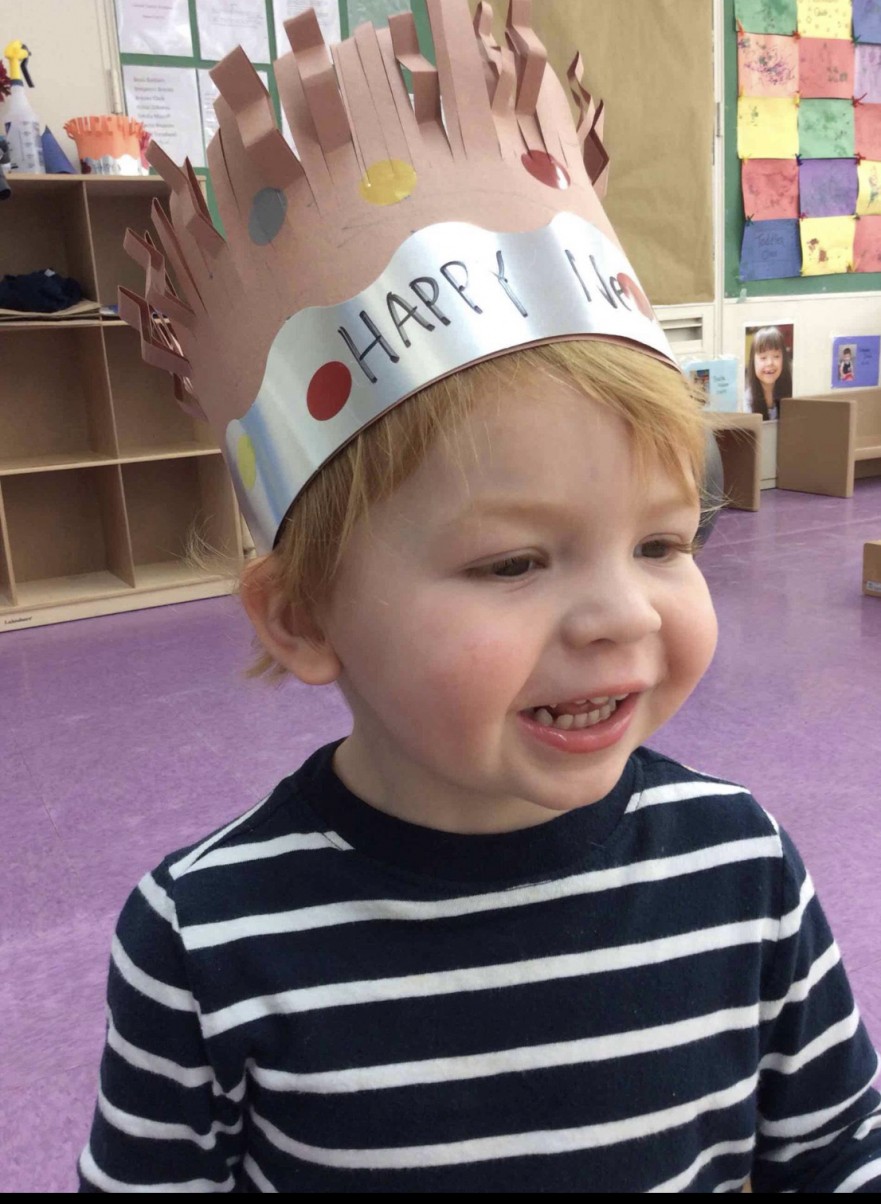Ring, ring. “Hi! This is Mrs. Clark. I am your student’s English teacher.”
In my 8th year of teaching, I feel comfortable picking up the phone, calling a student’s home, and saying those words. FINALLY.
The act of calling families to deliver unpleasant information about a student’s grade or behavior sent me running for hills. For years, I dreaded dialing the numbers, waiting to see who picked up the other end of the line.
But this year, something suddenly clicked, all thanks to my son, Brooks. Because he is enrolled in preschool and with COVID19 mitigation protocols, I am no longer able to walk him into the building, speak with his teacher, see his little classroom full of artwork and toys. To keep parents connected, his teachers regularly upload pictures of the students on their school app. Seeing the notification pop up on my phone instantly raises my mood. I happily scroll through the images and feel like I am part of his classroom and learning even if it’s through a screen.
His teacher also sends regular text messages with tidbits of important information. For example, she let me know when he threw away the mac and cheese that I packed for lunch…two days in a row. Noted. No more mac and cheese.
My experience as a parent changed my perspective when it came to calling my students’ homes. I want to know what’s happening in my son’s classroom, and I believe my students’ families feel the same way.
Thus, I decided to put family communication on my priority list. Here’s how I changed my game plan.
First, I send weekly emails with my class agenda attached. I explain our activities, lessons, and outcomes. I tell my families what they should see their students doing. I provide questions they can ask their student about their learning in my class. I also make sure to thank them for their support.
Next, I email grade reports every few weeks. I include important insight into assignments that impact students’ grades. I want my families to be aware of students’ performance, trying to avoid any surprises at the end of the course.
Last, I call parents to deliver positive news. I realized that I dreaded calling home because every call focused on negative behaviors or not-so-good grades. I never called home to tell families how amazing their student was doing in my class. The first time I did this, I called to tell a family their student submitted an incredible project. The student’s mother said that I made her day, and she appreciated the call. The next few calls continued with the same enthusiasm. Many said that now, more than ever, they enjoyed hearing that their student was doing well in my class.
I can’t pretend that every phone call is sunshine and rainbows. But calling families to talk about how their students can improve in my class is much easier when these aren’t the only calls I make. It’s also easier when I mention the weekly emails with details about the class. This is not the first piece of communication a family has received from me. The conversations are focused on solutions for student improvement. I seek to create a partnership with families.
By opening the lines of communication early and consistently, we can create an environment focused on student success. While it took me way too long to realize the value of families in student success, I am glad that I finally understand how it feels to receive both positive and negative feedback from teachers (mac and cheese included). How are you including families in your classroom? How have you found success with family communication? Leave a comment below.










Comments 2
Teacher confession: When I’m having a bad day, I send positive emails home to parents. Making someone else’s day usually helps boost my mood, and every once in a while you get an email back with some kindness in return. The “your student is failing” emails tend to get ignored.
Thank you for sharing the power of communication with families. As a teacher who taught seniors, I was always surprised when I hear a parent say I was the first teacher in high school to reach out I know this about my kids, I like knowing they are okay…or not okay and there is so much power when a teacher will tell that to me straight. I have always tried to make that my practice in return.